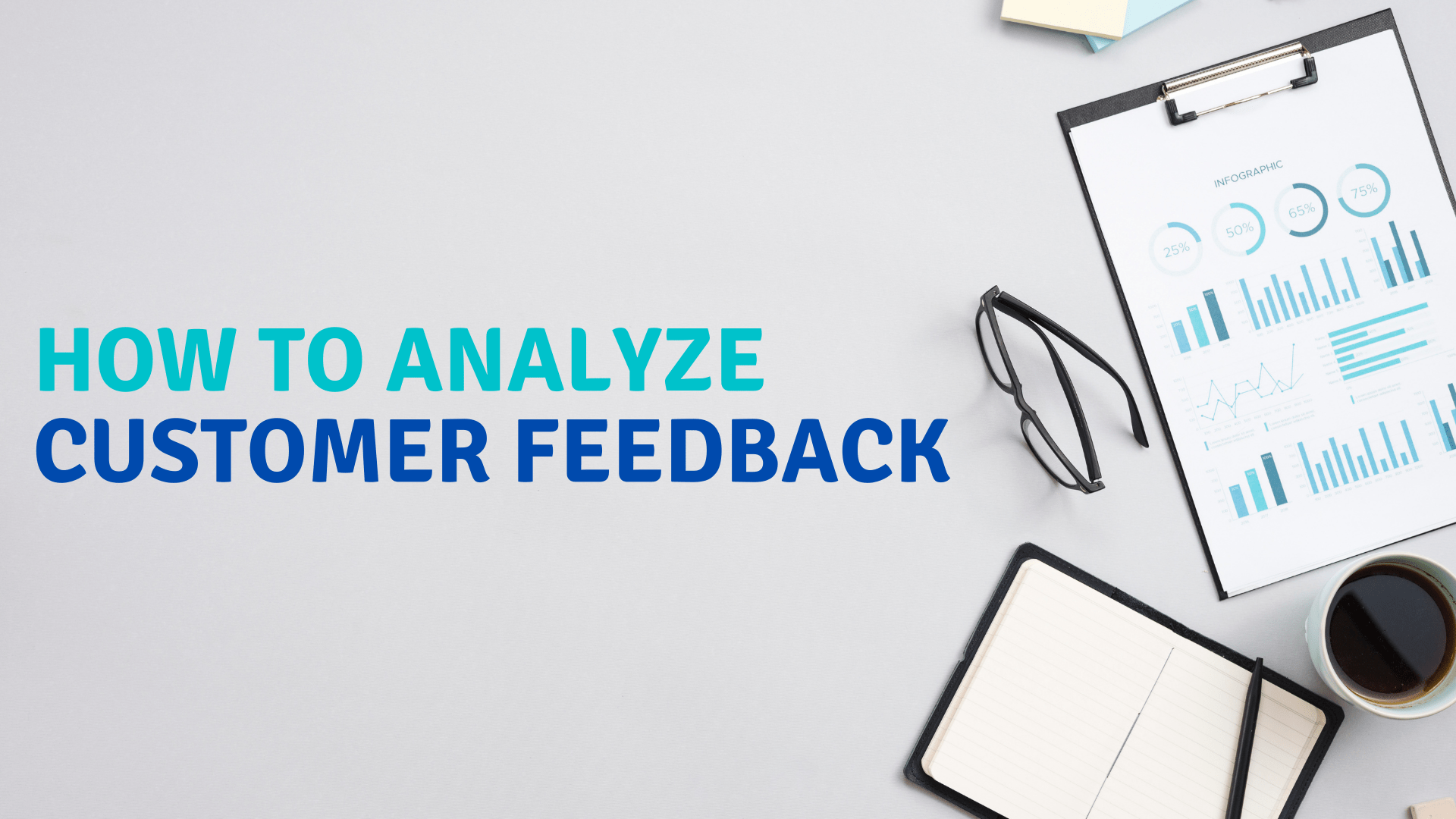
Earlier today, we sat down with a senior CX leader from a multi-location restaurant brand. Rather than a slide-heavy presentation, the exchange unfolded as a candid conversation—an honest look at the realities of a challenging U.S. market and how smarter customer experience (CX) strategies are helping restaurants capture share when traffic is fragile and competition deafening.
“Sales feel choppy. When visits are fragile, the dining experience becomes the battleground.”
Across the country, chains are locked in battles of value, rolling out aggressive deals as consumers grow cautious about where they spend. In this climate, seconds matter. Drive-thru reports reveal brands racing to shave time and boost accuracy, because each stumble risks losing a customer. In 2024, Taco Bell claimed the speed crown at roughly 4.3 minutes, while Chick-fil-A outperformed in satisfaction and accuracy despite heavier volumes. Overall industry averages improved to about 5.5 minutes—the best since 2020. Such operational progress highlights where CX makes its mark: fewer mistakes, faster handoffs, clearer communication.
When demand wobbles, operational CX—anchored in speed, accuracy, and clarity—separates winners from stragglers. Benchmark against local competitors, identify bottlenecks, and fix them before they cost you loyalty.
“We capture feedback everywhere. If you don’t structure it, it’s just noise.”
Feedback floods in from every direction—reviews, surveys, delivery apps, social posts. Yet without structure, it becomes static. Effective brands cut through the noise by tagging feedback by aspect, allowing patterns to emerge clearly.
- Food: temperature, texture, flavor, portion size, consistency, presentation
- Service: speed, friendliness, accuracy, pacing, queue length
- Environment: cleanliness, noise, seating, climate, lighting
- Context: dine-in, takeout, delivery, time of day, store ID, promotion, loyalty status

With only 16 U.S. locations, Din Tai Fung still posts staggering results—average unit volumes around $27.4M, far outpacing peers. Their formula blends operational discipline with culinary precision, but what stands out is their rigorous use of fine-grained food tags: soup temperature tracked as too hot, hot, just right, slightly cool, cold; wrapper integrity checked per dumpling; even soup viscosity and crimp consistency monitored. This meticulous tagging system empowers teams to fine-tune cook times, packaging, and holding processes quickly and decisively.
When brands face hundreds of thousands of guest comments, aspect tags transform “reviews” into a real-time control panel. You instantly know which attribute slipped, where, and when—enabling surgical fixes.
“Menu hits aren’t accidents. They come from quick tests on the loudest signals.” The smartest R&D backlogs don’t emerge from brainstorming alone; they are built from tagged feedback trends, especially in areas like temperature, texture, and travel resilience.
- Shake Shack fries. Determined to elevate quality, Shake Shack swapped its iconic crinkle-cut fries for fresh-cut. Guests revolted. The brand listened, reversed course, and reinstated frozen crinkle-cuts. Lesson: measured guest love trumps culinary dogma.
- Taco Bell Mexican Pizza. Removed in 2020 to streamline operations, it stormed back two years later after fans demanded its return—early sales spiked to more than five times prior levels, with attach rates around 80%. Proof that fan sentiment, if tracked and acted upon, can resurrect a dormant blockbuster.
- Starbucks Oleato. After mixed reactions and operational drag, Starbucks pulled its olive-oil line, focusing instead on its core beverages. Negative-signal tagging guided portfolio pruning, keeping focus on speed and clarity.
Play it out. Tag the details—soggy, too spicy, oily, falling apart in transit. Run micro-tests: vented packaging, shorter hold times, spice tweaks, batter adjustments. Then decide based on hard numbers—complaints per 1,000 orders and repeat purchase rates—not on gut feeling.
“Service is our tie-breaker. Guests forgive an okay dish; they don’t forgive feeling ignored.”
Food draws them in, but service keeps them. Speed, friendliness, and accuracy form the holy trinity. Store-level scorecards help track these pillars, while local benchmarking exposes whether your service is better—or worse—than the shop next door.
- Chick-fil-A. Obsessed with throughput, the chain studies “game film,” tests drive-thru lane designs, and even deploys drones to study traffic flow. The result? Top marks in accuracy and satisfaction, even when lines stretch around the block.
- QSR Drive-Thru Report. Accuracy lifts come from small but critical tweaks—order-confirmation boards, clearer speakers, eliminating repetition. Tiny fixes compound into major CX gains.
Time each step: order-to-hand-off, confirmation, accuracy on first try. Apply friendly-language scripts. Identify the slowest point and fix it first.
“Tech helps when it protects the guest promise—speed, accuracy, quality.”
Automation is valuable only when diners feel the benefit: faster lines, steadier quality, fewer mistakes.
Its 2024–2025 roadmap centers on “total guest experience,” adding automated makelines and produce-prep gear. The aim isn’t just labor savings—it’s peak-hour accuracy and food that arrives hot, fresh, and on time.
Always test technology against guest-visible outcomes. Keep what enhances speed, accuracy, and quality; discard what doesn’t.
“Close the loop fast—and with proof.” In today’s digital-first marketplace, every response doubles as public marketing. Reply within 24 hours. But don’t just apologize—show action: “We shortened burrito hold time from 12 to 8 minutes” or “We launched vented lids to keep fries crisp.” Specificity builds trust not only with the complainer but also with thousands of readers watching silently.
A Simple System That Scales
One loop, five moves: Collect → Tag → Analyze → Act → Close the loop.
- Collect: Aggregate reviews, surveys, delivery comments, social posts, and transcripts—with location and timestamp.
- Tag: Apply a shared taxonomy so every department speaks the same language.
- Analyze weekly: Scorecards, top drivers, shifts by aspect and channel.
- Act in sprints: Pilot two or three fixes per region; judge by complaint reduction and repeat purchase.
- Close the loop: Respond publicly within a day; promote improvements across channels.
Bonus: Food-tagging starter set (Din Tai Fung precision). Temperature (too hot → cold), texture (soggy → crisp), flavor (bland → over-seasoned), integrity (leaks, tears), portion/value (too small → great value).
Such granularity powers deliberate innovation. Din Tai Fung’s outlier AUVs demonstrate what relentless consistency and guest-centered refinement can deliver, even with a modest footprint.
30-60-90: Make It Real
- Days 1–20: Connect all feedback streams, publish a tag dictionary, build store scorecards.
- Days 21-40: Target three food aspects and two service aspects per region; run controlled tests.
- Days 41-60: Scale winning solutions; set response SLAs; launch “You asked, we fixed” messaging.
This conversation confirmed what many operators already sense: CX is no longer optional. It is the operational backbone that fuels revenue, guides menu innovation, and secures guest loyalty in an unforgiving economy. Restaurants that treat feedback as a real-time operating system—rather than a quarterly chore—are the ones that will thrive.
Naturally, this raises a crucial question: how can restaurants build such a closed-loop system without drowning in complexity?
How Octoparse CEM Enables Closed-Loop CX Optimization
Octoparse CEM was designed with precisely this challenge in mind. Our platform doesn’t just help restaurants listen—it enables them to respond, act, and improve with speed and precision.
- Omnichannel Data Integration. All signals—reviews, surveys, delivery app notes, call transcripts, social chatter—flow into one hub. No more scattered data silos.
- Customized Tag System. Unstructured comments become structured insights. Fine-grained tags—whether “too cold,” “slow service,” or “unclean table”—make analysis razor-sharp.
- Multi-Channel Engagement. From a single dashboard, teams can reply across every guest touchpoint—Google, Yelp, delivery platforms, social—closing the loop quickly and transparently.
- Internal Ops Workflow. Negative sentiment triggers alerts. A ticket is instantly created and routed to the right owner, ensuring issues are not only noticed but solved.
- Competitor Monitoring & Benchmarking. Measure yourself against local and national peers, track sentiment shifts, and never make decisions in a vacuum.
With Octoparse CEM, restaurants move beyond passive listening. They transform feedback into decisions, rapid improvements, and guest loyalty. In today’s crowded, high-stakes market, that isn’t just a nice-to-have—it’s survival.



